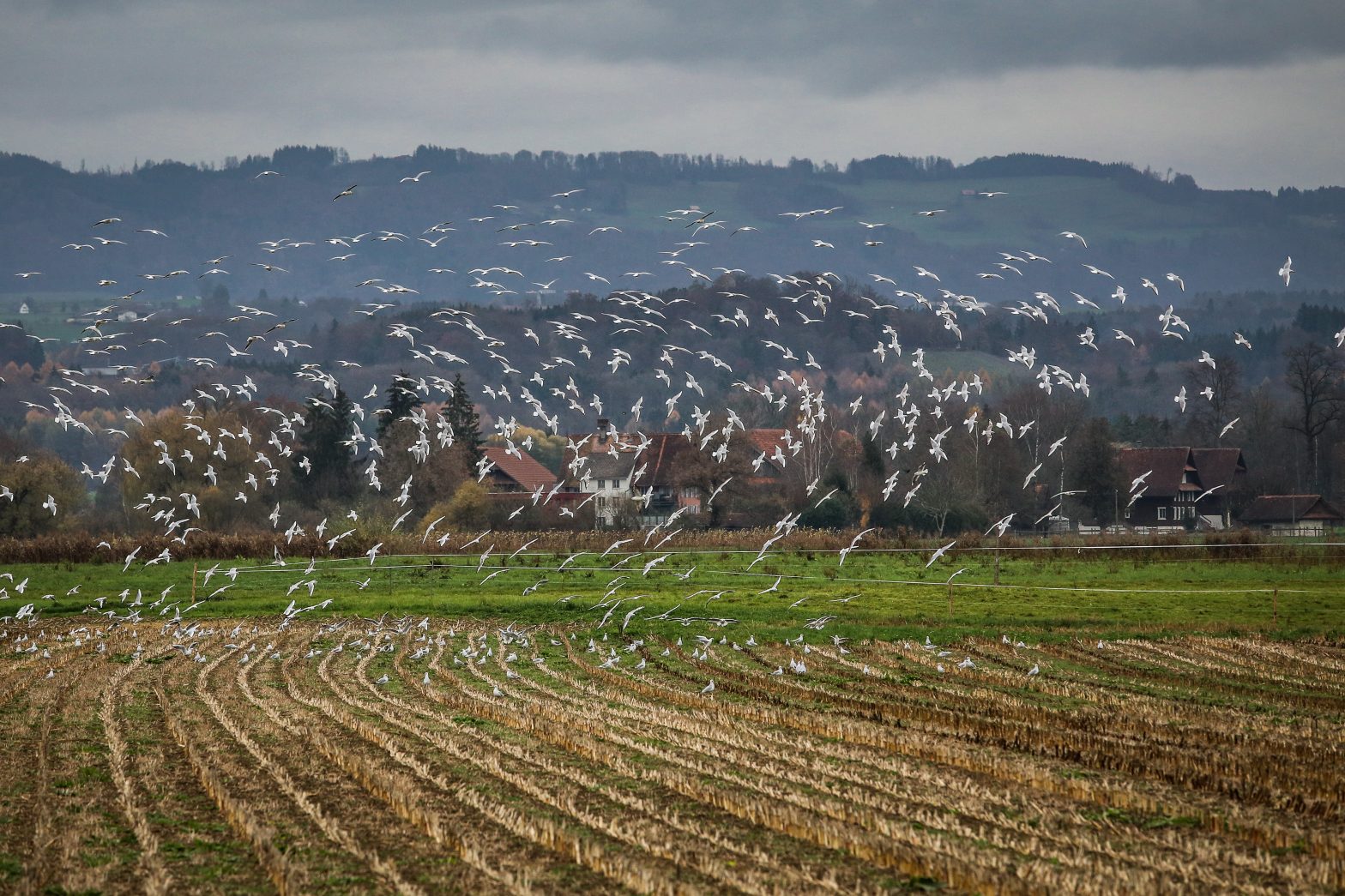Challenges in cave photography
The temperature inside the caverns is a constant 52 degrees, and a sweater or jacket is advisable, even in summer. The pathways are well lit and have railings, but can be wet, so good shoes are a must. Bring a towel or a few lens clothes in case just in case any water drips on your camera.
This is a young cave, relatively speaking, estimated at just 250,000 years old. The “rooms” or chambers aren’t huge, though one was used as a ballroom in the 1880s, and it’s dark and wet. Ceilings can be low and formations protrude from the walls , so you always have to watch where you’re going. It’s definitely not for the claustrophobic and presents several difficult challenges for a photographer.
Surface water seeps down into the cave, slowly dissolving the limestone and forming interesting and unique structures. You’re probably familiar with stalagmites, which form from the ground up, and stalactites, which form from the ceiling down. You’ll see them here, but you’ll also see soda straws, which are thin, hollow formations that look like drinking straws; helictites, odd-shaped formations that grow in all directions; flowstone that looks like a waterfall and is formed from flowing water; anthodites, flower-like structures; and cave bacon, formations that resemble thin, almost translucent drapery, colored by streaks of iron oxide that make it look like bacon. When a cave is old enough, and the a stalactite and stalagmite have grown enough, they often join together forming a column. Lost River Caverns is young enough that there may not be any columns for another 100,000 years.
These are fascinating and often colorful formations but difficult to photograph. The light may be really bad. You might be too close to compose a pleasing shot, you don’t have a lot of time in any spot, and there are other people around. Still, if you like interesting rock formations like I do (see my article on Vedauwoo), it’s a challenge worth taking.
I’d never photographed a cave before and couldn’t find any guidance on the internet, so the first time I visited Lost River Caverns, I planned a test run with my Nikon D800 camera, which handles low light and high ISOs pretty well, and my 28-200mm f/3.5-5.6 lens, to cover a wide range of focal lengths. There are lights along the path through the cave, and lights illuminating some of the formations, but also areas that are pretty dark. During the tour, I chose my shutter speed, opened up my aperture as much as I could and still got settings with ISO as high as 25,600 in the darkest parts of the cave. Unfortunately, I hadn’t brought a flashlight and didn’t use on-camera flash. I tried a variety of shots and, when I saw them later on my computer, I could see what worked and what didn’t.
When I went back to photograph the caverns again, I took my D800 with the 28-200mm lens and my D7100 camera with a 50mm f/1.8 lens. This combination would give me maximum flexibility of focal length, the ability to go with a wide open aperture on the D7100, or higher ISO on the D800. This time there were only three people on the tour. The guide was friendly and accommodating and, when asked, would shine her flashlight on formations to provide a little extra light.
